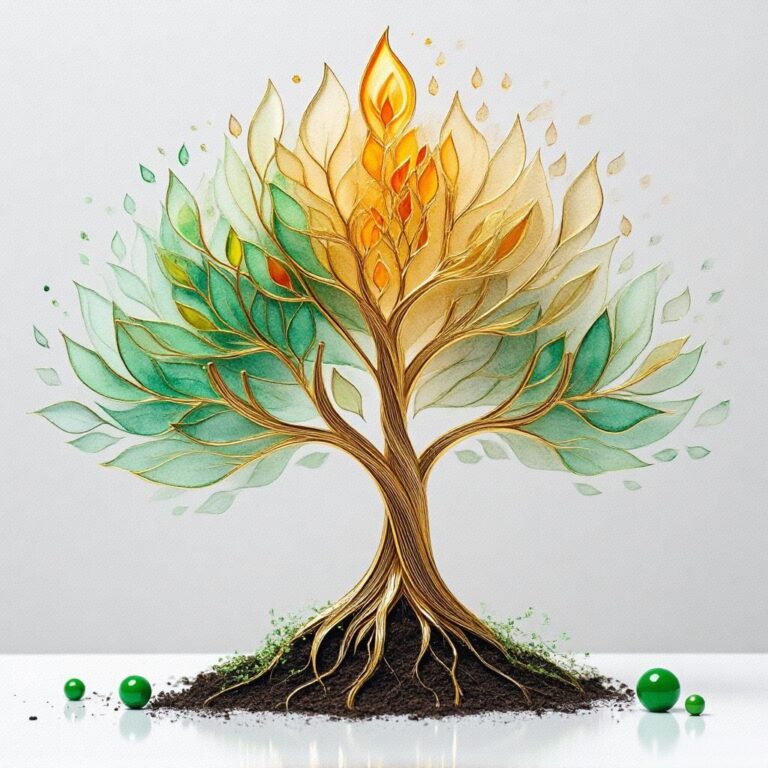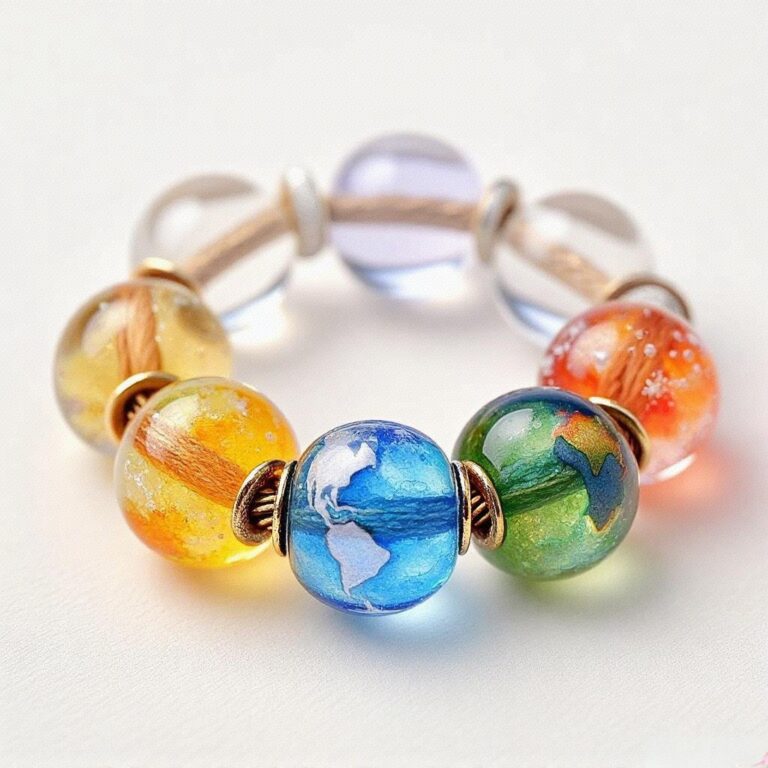Origins (Prehistory to 2000 BCE)
Feng Shui’s roots stretch back over 3,000 years, emerging from early Chinese Neolithic cultures:
- Earliest Traces: Archaeological evidence, like the Yangshao culture (c. 5000–3000 BCE), shows settlements aligned with cardinal directions, suggesting an intuitive grasp of environmental harmony. Graves from this period were often oriented based on astronomy, a precursor to Feng Shui’s directional focus.
- Animism and Nature: Early practitioners observed natural patterns—wind (feng) and water (shui)—believing they carried life energy (Qi). This tied into shamanistic beliefs about spirits in mountains, rivers, and the sky influencing human fate.
- Astronomy: By the Xia Dynasty (c. 2070–1600 BCE), rulers used star alignments to site palaces and tombs, laying the groundwork for Feng Shui’s geomantic principles.
Formalization (Zhou Dynasty, 1046–256 BCE)
Feng Shui began taking shape as a structured system during the Zhou Dynasty:
- Yin-Yang and Five Elements: Taoist philosophy emerged, introducing the concepts of Yin-Yang balance and the Five Elements (Wood, Fire, Earth, Metal, Water). These became core to Feng Shui, explaining how natural forces interact.
- Zhan Bu (Divination): Early texts like the I Ching (Book of Changes) linked environmental layouts to fortune, influencing Feng Shui’s predictive aspects.
- Burial Practices: The elite used proto-Feng Shui to choose auspicious tomb sites, believing proper placement ensured ancestors’ blessings for descendants.
Development (Han Dynasty, 206 BCE–220 CE)
The Han Dynasty marked Feng Shui’s growth into a recognized discipline:
- Kan Yu: Initially called “Kan Yu” (勘舆, “observing the heavens and earth”), it focused on landforms. Practitioners analyzed mountains (dragons) and rivers to site homes and graves.
- Compass Invention: The luopan (Feng Shui compass) evolved from the Han’s magnetic lodestone spoon, allowing precise directional readings tied to astrology and the Five Elements.
- Textual Records: Scholars documented geomantic rules, though no single “Feng Shui classic” survives from this era.
Two Schools Emerge (Tang to Song Dynasties, 618–1279 CE)
Feng Shui split into two main schools, refining its practice:
- Form School (Luan Tou Pai): Originating in the Tang Dynasty (618–907 CE), this emphasized physical landscapes—hills, rivers, and building shapes. It’s intuitive, focusing on “dragon veins” (energy lines in terrain).
- Compass School (Li Qi Pai): Gaining prominence in the Song Dynasty (960–1279 CE), this used the luopan, astrology, and numerology (e.g., the Eight Trigrams from the I Ching) for precise calculations. It’s more technical, prioritizing directions and timing.
- Cultural Boom: The Song’s intellectual flourishing standardized Feng Shui, with texts like Zang Shu (Book of Burial) by Guo Pu (276–324 CE, codified later) linking it to filial piety and cosmology.
Feng Shui became integral to Chinese society:
Imperial Use and Spread (Yuan to Qing Dynasties, 1271–1912)
- Imperial Adoption: Emperors used it to design capitals (e.g., Beijing’s Forbidden City aligns with north-south axes) and tombs (e.g., Ming Tombs). The Yuan Dynasty (1271–1368) spread it to Mongolia.
- Ming Dynasty (1368–1644): Feng Shui peaked as a state-supported art. Practitioners advised on urban planning and palace layouts to ensure dynastic prosperity.
- Qing Dynasty (1644–1912): It faced criticism from Western-influenced reformers, but folk use persisted. Overseas Chinese communities took it to Southeast Asia, embedding it in places like Singapore and Malaysia.
Suppression and Revival (20th Century)
Feng Shui’s history took dramatic turns:
- Republican Era (1912–1949): Modernization efforts in China dismissed it as superstition, though rural and diasporic use continued.
- Communist Era (1949–1970s): Mao’s Cultural Revolution banned Feng Shui as “feudal superstition.” Practitioners faced persecution, and knowledge went underground or abroad (e.g., Hong Kong, Taiwan).
- Post-Mao Revival: After China’s economic reforms in the 1980s, Feng Shui resurfaced. Hong Kong tycoons famously consulted it for skyscraper designs (e.g., HSBC Building’s escalator placement).
Global Spread (Late 20th Century–Present)
- Western Adoption: In the 1980s–1990s, Feng Shui reached North America and Europe via immigrants and New Age movements. Books like The Feng Shui Handbook (1996) by Master Lam Kam Chuen popularized it.
- Modern Practice: Today, it blends tradition with practicality—used in architecture (e.g., Taipei 101’s design considers Qi flow), interior design, and personal wellness. Online tools and consultants make it accessible worldwide.
- Criticism and Evolution: Skeptics call it pseudoscience, but its psychological benefits (e.g., clutter reduction) keep it relevant. AI and apps now assist with Bagua mapping as of 2025.
Timeline Recap
- Pre-2000 BCE: Intuitive environmental alignment begins.
- Zhou (1046–256 BCE): Philosophical foundations form.
- Han (206 BCE–220 CE): Tools and texts develop.
- Tang-Song (618–1279 CE): Schools formalize.
- Yuan-Qing (1271–1912): Imperial and folk use peaks.
- 20th Century: Suppression, then revival.
- 21st Century: Global, modernized practice.
Feng Shui’s history reflects China’s cultural evolution, adapting from burial rites to a holistic lifestyle art. If you’d like details on a specific period or its modern use, let me know!


